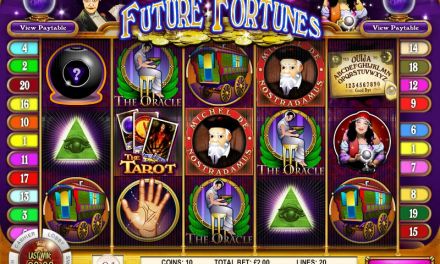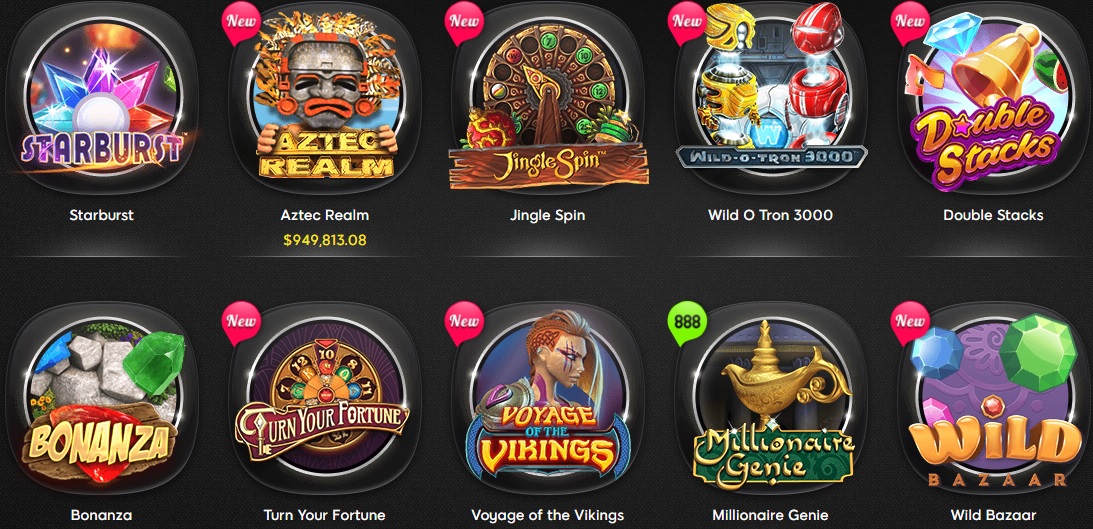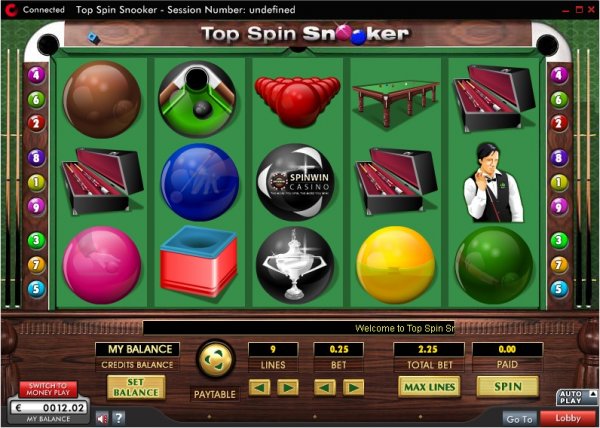Top Spin Snooker Slot
- The most common faults are placing the tip too low on the cue ball for top spin and too high for back spin. These faults are generally caused by fear of mis-cueing. It may help to think of the cue ball as a clock face. For top spin you need to have your tip addressed near 12 o clock.
- One of the most famous developers Top Spin Snooker Slots featured on the platform Top Spin Snooker Slots is NetEnt, a company Top Spin Snooker Slots which claims to have developed the very Top Spin Snooker Slots first online casino games. It has continually embraced modern technology and has been a major trendsetter in the industry.
Effective use of spins for cue ball control
Ronnie's amazing top spin effect.
Introduction
In last month's article I stated that good control of the cue ball comes down, in the main, to the mastery of two main elements - judgement of pace and application of spins. Last month we looked in depth at how to improve your judgement of pace. This month we will look at the application of spin. Improvements in these two areas should take you to the next level of positional play, helping you to make the most of your scoring opportunities as a result of better cue ball control.

When I talk about application of spin in this article I will be referring to centre ball striking only. Side spin is to be left for another day!
Remember that application of spins will be affected by two (technical) variables:
- Length of backswing (and/or speed of delivery); and
- Tip height (i.e. the position on the cue ball that your tip makes contact with)
Just by altering one or both of these variables, you can give yourself a large number of positional options for the cue ball.
We all lose control of the cue ball at one time or another - some more than others! Have a look at the common faults below to see if they could apply to you. If they do, take some of my suggested corrections to the practice table and see how you get on.
Common faults for application of spin
Shown below are some (not all!) of the faults I see when coaching 'application of spins'. A suggested correction is shown underneath each common fault:
Fault: Tip addressed at the wrong height on the cue ball:

To position the cue ball using spins you first need to make a judgement on what height your tip needs to be on the cue ball. Many players simply have poor judgement when making this decision. The most common faults are placing the tip too low on the cue ball for top spin and too high for back spin. These faults are generally caused by fear of mis-cueing.
Correction
It may help to think of the cue ball as a clock face. For top spin you need to have your tip addressed near 12 o clock. You will be tempted to drop the tip too low or raise the butt of the cue too high to avoid the mis-cue. Experiment with getting your tip as high as you feel comfortable with (with a level cue). Even by getting a few millimetres closer to the top of the cue ball you will see your top spin application improve. This in turn will open up more positional options in your game. For backspin you need to lift the butt of your cue slightly to get to the bottom of the cue ball. Make sure you keep this plane of delivery as you strike the cue ball and complete your action.

Fault: Not striking the cue ball at the height you selected at address:
This fault comes about when you have selected the correct height in the address position, but then go on to hit a different part of the cue ball when you deliver. Some players, like Jimmy White, do this consciously, while most players are not aware that this fault is occurring. Whether you do it consciously or subconsciously, I see it as a fault. This fault usually occurs for one of two main reasons. The first reason is in the back three fingers of your grip. Many players close these fingers too aggressively when they deliver the cue. This causes the butt to raise and the tip to drop as you make the delivery. The result is often hitting the cue ball lower than you intended. The second reason for this fault is players who drop their back elbow before they strike the cue ball. This causes the butt to drop and the tip to rise. The result is that you will strike the cue ball higher than you need. Many players (including Ronnie O Sullivan) will drop their elbow intentionally - and this can give extra acceleration through the ball. The key however is timing! If you have fantastic timing (like Ronnie) then it is possible to drop the elbow as you strike the cue ball and still get the spin applied as intended. If however, like most players, you do not have this gift for timing, you may be in trouble!
Correction
To help negate the damaging action of the back three fingers, try to dominate the grip the cue with the thumb and forefinger. The ring formed by the thumb and first finger should be at a strength of approx. 7/10. The strength of the back three fingers should decrease toward the little finger. Middle finger at about 5/10, next finger approx. 3/10 and the little finger at about 1/10. Try to feel the strike in the 'ring' of the grip and try to keep the back three fingers a little less active during your final delivery. If on the other hand you have inconsistent positional play as a result of dropping your back hand (and elbow) too early I suggest you look to maintain the height of the elbow during the delivery. To help make sure you can do this while still getting a good follow through the cue ball, I would suggest that you visit a qualified coach to ensure your set up is correct. A good set up will allow you to have a vertical back arm in the address position and will allow you to maintain the height of your elbow while still getting a complete follow through (approx. 10 - 12 cms.).
Fault: Delivering too fast or too slow (mis-timing the delivery):
This fault is usually caused by a final backswing that is too long or too short or when trying to get the spin through power instead of timing. When this happens you will almost invariably try to speed up or slow down the speed of delivery to make up for your poor preparation - the result is a mis-timed delivery. The spin you apply in this instance is often not the spin you were hoping to achieve.

Correction
Use your feathers to get a feel for the shot and to get the correct length for your final backswing. For power shots have feathers and a final backswing that are longer. For more gentle shots have feathers and a final backswing that are shorter. Try to get the feeling that your speed of delivery is constant for every shot - only the length of the feathers and final backswing change, depending on the power required.
Fault: Not addressing the cue ball with a level cue:
This fault usually occurs as a result of the player elevating the butt of the cue in the address position (when this is not required). This fault is made even worse if your tip is too far from the cue ball in the address position.
Correction
You must aim to have your cue as level as possible in the address position. Raise and lower your bridge to allow you to keep the cue as level as possible while still getting your tip to the desired height on the cue ball. For backspin shots you will need to elevate the butt slightly to get to the very bottom of the cue ball. This may also be the case when the cue ball is near the cushion, there is a ball impeding your normal bridge or when you need to play a swerve shot. The rule however, never changes - keep your cue as level as possible. More often than not I see people with the butt of their cue too high in the address position. This means they are hitting down on the cue ball (making accuracy more difficult). Get the cue as level as possible and the tip as close to the cue ball as possible without touching it (within 1 cm if possible). Your aim should be to deliver the cue on the same plane as you have used at address.
Fault: Not completing the follow through:
This can happen for any shot but is most common on backspin shots when I often see not only a poor follow through, but the cue actually re-coiling backwards after striking the cue ball.
Correction
If your set up and address position are correct you should look for a follow through of approx. 6' (150 cms.) - from the back of the cue ball. This consistent follow through should be used for all shots with the exception of more gentle shots. For gentle shots you should look to curtail your follow through (a good guide, for gentle shots only, is to match the follow through to the length of your backswing - which for more gentle shots will be shorter). This consistent follow through is important when applying backspin as well as topspin. A good follow through will give you the best chance of accelerating through the cue ball, keeping the tip in contact with the cue ball a split second longer and making your application of spin more efficient (you will obviously need to be careful not to foul the cue ball with your follow through - this is usually where you are using backspin on a straight shot or where the object ball and cue ball are very close together).
Fault: Not changing the height of your bridge to meet the requirements of the shot required:
You cannot keep your bridge at the same height for different spins.
Correction
To keep the cue as level as possible at all times, you will need to vary the height of your bridge for applying different spins. For backspin, where you are looking for a tip position very low on the cue ball, you will take your bridge as flat as possible. For stun shots (any shots where spins are applied between backspin and topspin) you will need to alter the height of your bridge accordingly - the aim is to keep the cue as level as possible in your address position and throughout your action. For topspin shots your knuckles should be raised to allow the tip to get to the top of the cue ball. For unhindered topspin shots there is no excuse for not getting the cue perfectly level. When you raise your bridge for topspin shots, be careful not to raise the palm of your hand off the table. For stability in the bridge it is very important that the pads of the fingers and part of the palm of your hand are in contact with the baize. The alteration in height for the bridge should be done as soon as you address the cue ball, before you start your feathers. The bridge should have no movement during your cue action.
Fault: Unwanted body movement:
Top Spin Snooker Slots
Very often players search for extra spin with a delivery that is too fast. These faster deliveries usually come with unwanted head and body movement. If the head and body move before the point of impact (tip to cue ball), then almost invariably pot and position will turn out to be unsuccessful.
Correction
Top Spin Snooker Slot Machine
Apart from your eyes, only your back arm, with your hand and wrist, should be moving during your cue action. Try to keep everything else as still as possible until completion of your final delivery.
Top Spin Snooker Slot
Aim to replace your common faults with some of the suggestions I have outlined above and you will almost certainly see improvements in the consistency of your cue ball control.